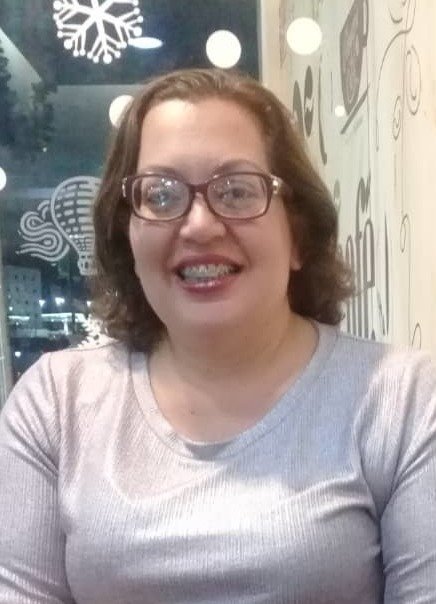
According to legend, the Yarinacocha Lagoon “…was the product of the impossible love of a mermaid towards a human who, unable to share with his loved one, cried so much that he gave life to this extensive and beautiful lagoon.”
The word Yarinacocha comes from the Shipiboword yarina, which is the name of a palm tree used for roofing houses, and the word cocha, which in the Quechua language means water that does not run.
Location
This natural tourist attraction is located in the jungle setting of the Peruvian Amazon, in the district of Yarinacocha, province of Coronel Portillo, department of Ucayali.
It is located 7 km from the center of the city of Pucallpa, capital of this department, on the left bank of the Ucayali River.
Characteristic
The Yarinacocha Lagoon, from a geological point of view, is identified as a recent Quaternary formation, no more than 10 million years old.
This lagoon is fed by the waters coming from the Ucayali River and has a total area of 1,340 ha; It is 20 km long with a maximum depth of approximately 19 meters.
“It is surrounded by typical landscapes of the Amazon plain with low floodable and non-floodable terraces, with recent alluvial sedimentation, associated with natural dikes, abandoned meanders, small swamps, oxbow lakes, restingas and seasonal islands.
It was formed when the Ucayali River changed course, which, due to the effects of pluvial erosion, derived an arm or variant that, over the years, deposited sediments until it completely filled its entrance.
SIGMINCETUR, 2020
The tonality of its waters is diverse as a result of the depths, the currents, as well as the origin of river waters and rainfall (SIGMINCETUR, 2020).
Tourism in the Yarinacocha Lagoon
The waters of the Yarinacocha Lagoon are very conducive to the practice of aquatic activities, such as: swimming, rowing, sport fishingand skiing.

Giancarlo A. Chiappe Aguilar CCBy 4.0
It receives tourists at any time of the year, but traditionally it has a greater number of visitors during the Fiesta de San Juan, between June 23 and 24.
It has two tourist lodges located on the shores of the lagoon, where indigenous communities of the Shipibo-Conibo ethnic group, belonging to the Pano linguistic family, have also settled.
It is inhabited by approximately 3,000 inhabitants, who still preserve their identity roots and offer tourists their handicrafts and textiles.
Animals and plants of the Yarinacocha Lagoon
In this lagoon and its surroundings you can observe its exotic flora and fauna; white herons, ashes, shararas, shanshos, wild ducks abound.
You can also see freshwater dolphins, damsels and paiches(second largest freshwater fish in the world).
In Puerto Callao, there are some boats to go to the different native and mestizo indigenous communities of this area of the Peruvian Amazon (Central Reserve Bank of Peru, s.f.).
References
- Banco Central de Reserva del Perú. S.f. Ucayali: principales atractivos turísticos, recuperado de https://www.bcrp.gob.pe/docs/Sucursales/Iquitos/Ucayali-Atractivos.pdf.
- SIGMINCETUR. Sistema de Información Georeferencial y Ministerio de Comercio Exterior y Turismo. (2020). Laguna Yarinacocha, recuperado de http://ficha.sigmincetur.mincetur.gob.pe/index.aspx?cod_Ficha=535

Economist (Central University of Venezuela). Full professor and researcher attached to the “Edgar Abreu Olivo” Agrifood Research Center, Universidad de Los Andes. Doctor from the University of La Laguna (Spain). Award “One of the 10 most consulted authors of the Saber ULA university portal” (2005); prize in the III Essay Contest of the Central Bank of Venezuela BCvoz Economico, 2016, with the work “Theobroma cacao: transformation and consumption of the “food of the gods” in Venezuela and the world” (co-authored).
This post is also available in:
![]() Español (Spanish)
Español (Spanish)
